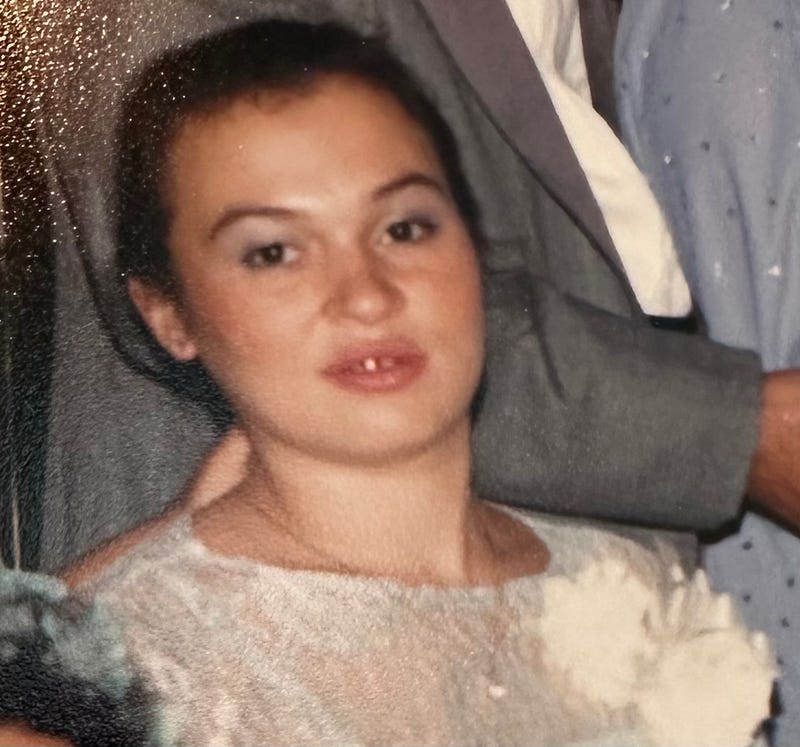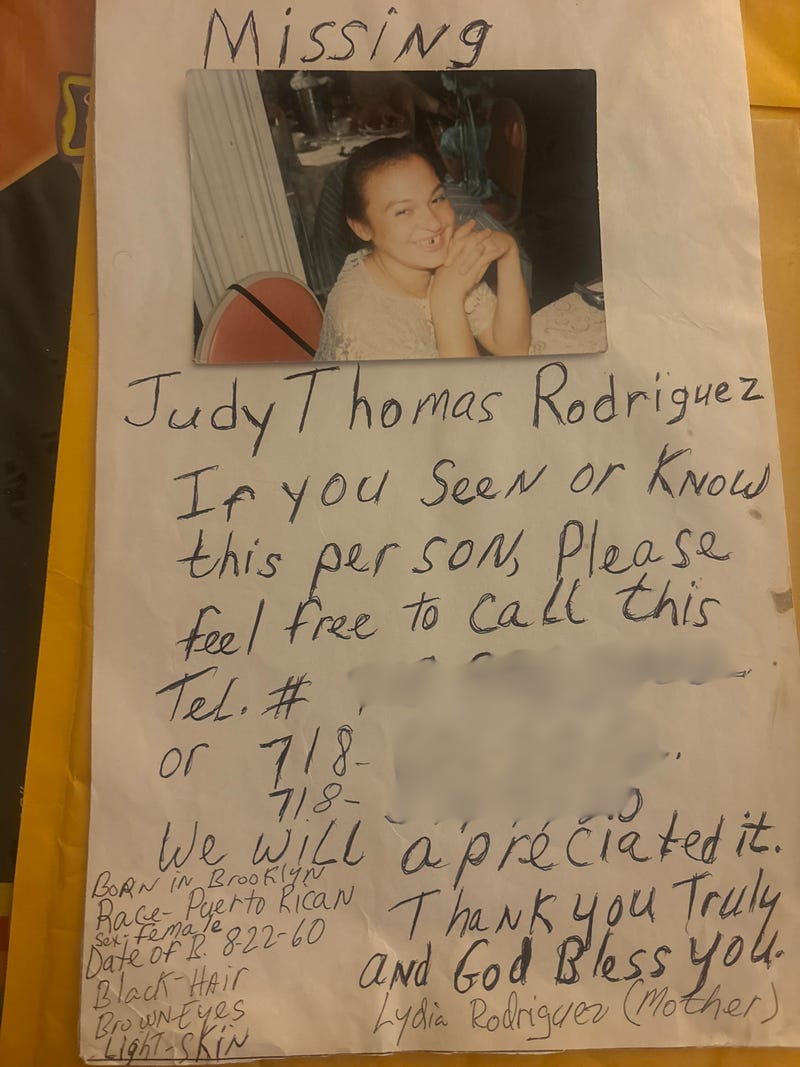
NEW YORK (1010 WINS) – A woman has been identified through advanced DNA testing, 33 years after she was killed and her body was found in a grassy area near the border of Queens and Nassau County, prosecutors said Monday.
Four men were arrested and convicted in the 1990s in connection with her killing, but her name had remained elusive to investigators for all these years.
It can now be confirmed that she was Judy Rodriguez, a 30-year-old mother of three who had been reported missing by her family shortly after she was last seen on Jan. 23, 1991, at her daughter’s first birthday party.
On Aug. 25, 1991, her body was discovered in a grassy area near the intersection of the Cross Island and Southern State parkways in Queens. She had been bound at the ankles with a cord and covered with a wooden board.
“Three decades ago, four men were convicted for a gruesome killing of an unidentified woman,” Queens D.A. Melinda Katz said in a statement. “Though justice was served, the family went 33 long years without any answers about their loved one. Thanks to our partners at the NYPD and the Office of Chief Medical Examiner, we have now provided those crucial details, which I hope brings a measure of solace.”
The four men—an 18-year-old, 19-year-old, and two 20-year-olds—were charged in August and September of 1991 in the case. One pleaded guilty in September 1992 to first-degree manslaughter and was released from prison in 2009.
Two others pleaded guilty to first-degree reckless endangerment and were released in 1996, while a fourth man pleaded guilty to hindering prosecution and was released in 1996.
All of the men have since been discharged from parole.

According to an account from prosecutors, they had approached Rodriguez sometime between July 15 and Aug. 15, 1991. During the encounter, they tied her up inside a vehicle and drove her to the location where her body was ultimately found. At that location, they pushed her out of the car, and one of them struck her in the head with a large metal flashlight, killing her.
The men later returned to the site and tried to conceal her body with the large wooden board, prosecutors said. However, someone discovered her body and notified police on Aug. 25, 1991.
By the time she was found, her body was severely decomposed, and police were unable to identify her.
A break came in November 2023, when the Queens D.A.’s Cold Case Unit and the NYPD sought the assistance of a private lab, DNA Labs International, to identify leads in the case.
The lab used advanced DNA testing to produce a comprehensive genealogical profile from the skeletal remains—a profile that was then uploaded to public databases.
An NYPD detective built a family tree and turned over the leads to the D.A.’s cold case squad, who contacted potential family members and obtained DNA samples to compare with her DNA profile.
That led to the identification of Rodriguez, whose parents have since died but who is still survived by her daughter, two other children and three siblings.
Katz said a recent $500,000 grant secured by U.S. Rep. Grace Meng for advanced DNA testing and genealogical investigations “will be used to obtain such answers for other families.”
Meng for her part said, “This latest case from 1991 underscores why this money is so important, and it’s an example of the types of cases it will be used to solve.”
“I’m proud to work with District Attorney Katz in pursuing justice for the victims of cold cases in Queens, and I continue to stand with her in never forgetting about them and their loved ones,” the congresswoman said.
